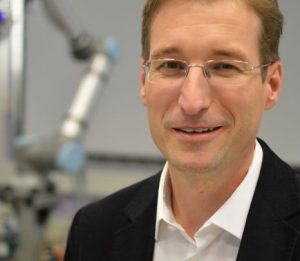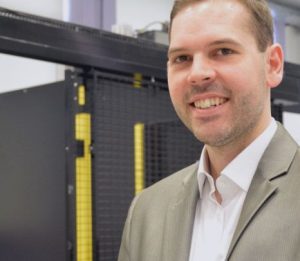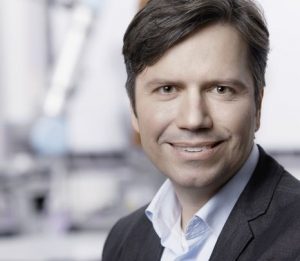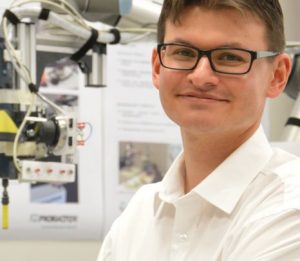The European robotics industry is moving towards a new generation of robots, based on safety in the workplace and the ability to work alongside humans. This new generation is paramount to making the factories of the future more cost-effective and restoring the competitiveness of the European manufacturing industry.
However, the European manufacturing industry is facing the following challenges:
- lack of adaptability,
- lack of flexibility, and
- lack of vertical integration.
The proposed SYMBIO-TIC project addresses these important issues towards a safe, dynamic, intuitive and cost-effective working environment were immersive and symbiotic collaboration between human workers and robots can take place and bring significant benefits to robot-reluctant industries (where current tasks and processes are thought too complex to be automated). The benefits that the project can bring about include lower costs, increased safety, better working conditions and higher profitability through improved adaptability, flexibility, performance and seamless integration. This project is planned for 48 months with a consortium of 15 partners from 7 EU Member States.
Results in brief:
https://cordis.europa.eu/project/rcn/193465/brief/en?WT.mc_id=exp
Project Name:
Symbiotic human-robot collaboration for safe and dynamic multimodal manufacturing Systems
Funding:
EU – H2020-FoF
Duration:
01.04.2015 – 31.03.2019





